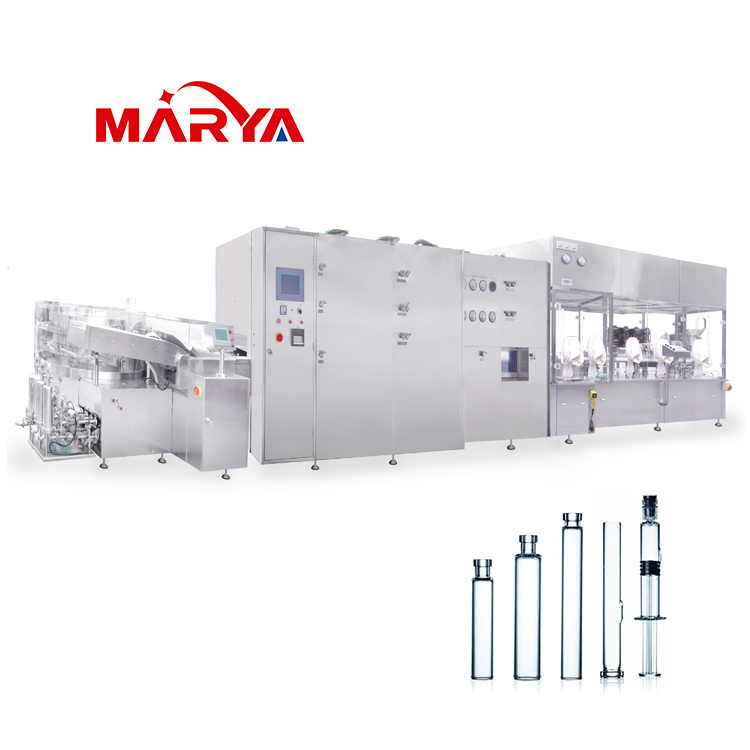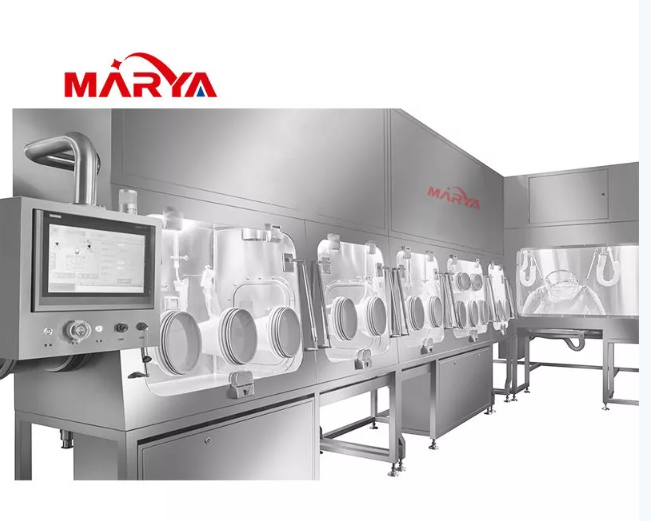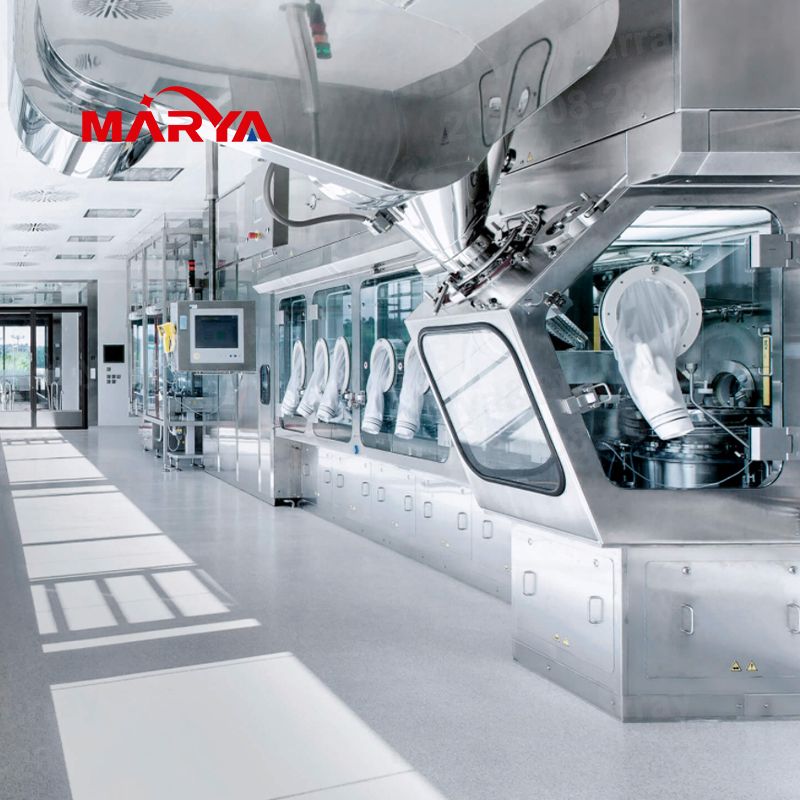Views: 0 Author: Site Editor Publish Time: 2025-07-03 Origin: Site






Choosing the rightvial filling line technology is crucial for ensuring the accuracy, quality, and safety of products, whether they are pharmaceuticals, cosmetics, or chemical solutions. Vial filling technology encompasses both automated and manual processes that play a vital role in maintaining efficiency, precision, and speed in production. With stringent regulatory requirements in industries like pharmaceuticals, the correct vial filling technology directly influences not only the safety of the final product but also the overall efficiency of the manufacturing process. Different products demand different technologies due to variations in viscosity, air sensitivity, and packaging size. Additionally, challenges like balancing production speed with regulatory compliance must be addressed by selecting the most suitable technology.
Compliance with local and international regulations, including GMP, FDA guidelines, and ISO certifications, is essential in ensuring that the technology used meets the required safety and operational standards. In particular, technologies that ensure aseptic filling, sterility, and traceability are necessary for pharmaceuticals.
Faster filling rates are critical in industries where high demand and quick turnaround are common (e.g., pharmaceuticals, consumer goods). However, filling speed must not compromise accuracy, as this could lead to product waste or contamination.
Small Scale Production: For smaller batches or research and development purposes, manual or semi-automatic systems may suffice.
Large Scale Production: For high-volume operations, fully automatic systems with fast throughput and minimal downtime are essential.
Flexibility: The ability to switch between different vial sizes or adjust production speeds is important, especially if the manufacturing process needs to adapt to varying product demands.
Viscosity and Fill Volume: The viscosity of the product influences the type of filling technology. For thicker substances like creams, piston fillers might be the best choice, while peristaltic pumps may be better suited for low-viscosity liquids like injectable drugs.
Sensitivity to Contamination: Some products, such as vaccines or biologics, are sensitive to contamination. In these cases, closed-system filling technologies like vacuum filling or aseptic filling are crucial.

Robotic and Automated Systems: These technologies integrate robotics and AI to manage the filling and capping processes more precisely, with the capability for high-speed, high-volume production.
Pros and Cons:
Pros: Automation enhances the precision, speed, and flexibility of the filling process. Robotic systems reduce human error and increase production output.
Cons: High initial cost, need for specialized maintenance, and complex integration with existing manufacturing systems.
Use Cases: Ideal for filling sensitive products like injectables or biologics.
Pros and Cons:
Pros: Prevents air bubbles, making it perfect for delicate or foamy liquids. Ideal for applications where avoiding contamination is crucial.
Cons: Can be slower than other filling technologies, as it requires more time to establish the vacuum and fill the vial. The setup is more complex and requires regular maintenance.
Use Cases: Common in pharmaceutical applications for liquids that need to avoid contamination, such as vaccines or biologic drugs.
Pros and Cons:
Pros: Avoids contamination as the product never comes into contact with the pump. Easy to clean and maintain. Cost-effective for small-scale operations.
Cons: Not ideal for high-viscosity or high-volume production. Filling speed can be slower compared to more advanced systems.
Use Cases: Often used in the pharmaceutical industry for thicker liquids or creams, as well as in the cosmetics industry for lotions and serums.
Pros and Cons:
Pros: Accurate filling, particularly for high-viscosity liquids. It is highly reliable for consistent fill volumes.
Cons: Can be slower than other technologies, as it requires more intricate machinery and regular maintenance. Not suitable for very high-speed production lines.
The system should allow you to scale up production or switch between product lines without significant additional investment. Automatic systems typically offer the best scalability for expanding production volume.

The complexity of the system affects maintenance needs. Manual systems have lower upfront costs but require more frequent intervention, while automatic systems can reduce the need for human intervention but may require specialized maintenance.
Look at production speeds and downtime. Automation can drastically reduce downtime while increasing overall throughput. Automation also helps ensure that the production process is optimized for efficiency.
Initial Investment: Automatic and semi-automatic systems typically require higher upfront costs but offer significant long-term savings in terms of labor and efficiency.
Maintenance and Operating Costs: Consider the ongoing costs of parts replacement, servicing, and operational downtime.
ROI: Evaluate the return on investment based on throughput, production speed, and reduced errors or waste.
Benefits: High efficiency, minimal human involvement, reduced risk of contamination, scalable for large-scale production.
Limitations: High initial investment and maintenance costs.
Benefits: A balance of automation and human oversight, typically used for medium-scale production.
Limitations: Requires operators for loading/unloading, moderate production speed.
Benefits: Lower capital investment, flexibility for small production runs, suitable for experimental or low-volume production.
Limitations: Labor-intensive, higher risk of human error, slower production speed.

Emphasis on reducing energy consumption, minimizing waste, and implementing sustainable practices in the vial filling process.
Robotics will continue to play a key role in enhancing production efficiency, precision, and speed, particularly in high-volume production lines.
Real-time data collection and AI-powered predictive maintenance are helping to prevent failures before they occur and optimize performance.
Choosing the best vial filling line technology requires careful consideration of several factors, including production volume, product type, and specific industry requirements. It is essential to evaluate your unique needs, such as the viscosity of the product, the required speed, and any regulatory compliance standards that must be met. By understanding these elements, you can select a filling system that enhances efficiency, reduces waste, and ensures the highest quality output. As the technology and manufacturing demands evolve, consulting with industry experts or suppliers can provide valuable insights and help you make a more informed decision tailored to your business’s requirements.
A: Vial filling line technology automates or assists in filling vials with products like pharmaceuticals or cosmetics, ensuring accuracy, efficiency, and safety.
A: The main types are manual, semi-automatic, and fully automatic, differing in the level of human intervention and production speed.
A: Choose based on product characteristics like viscosity, contamination sensitivity, and production volume. For thick liquids, use piston fillers; for sensitive products, use peristaltic pumps.
A: Automatic lines offer high efficiency, minimal human involvement, and faster production speeds, ideal for large-scale operations.
A: They meet regulatory standards like GMP and FDA by using aseptic filling, sterilization, and traceability features to ensure safety and quality.
